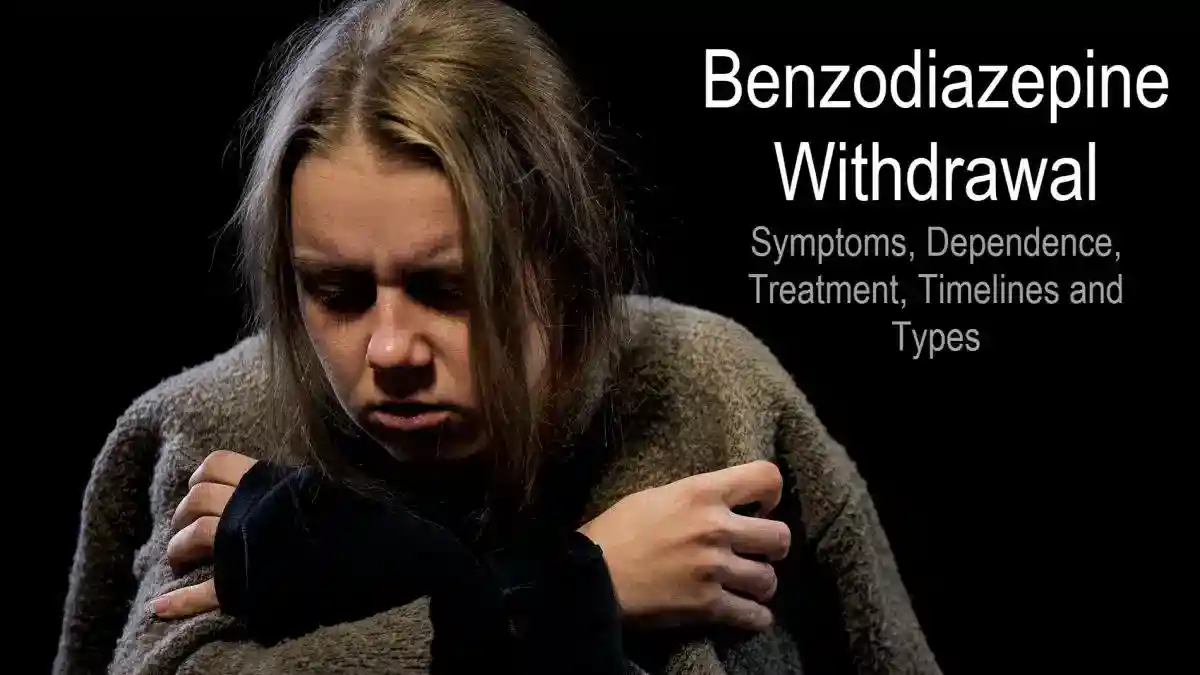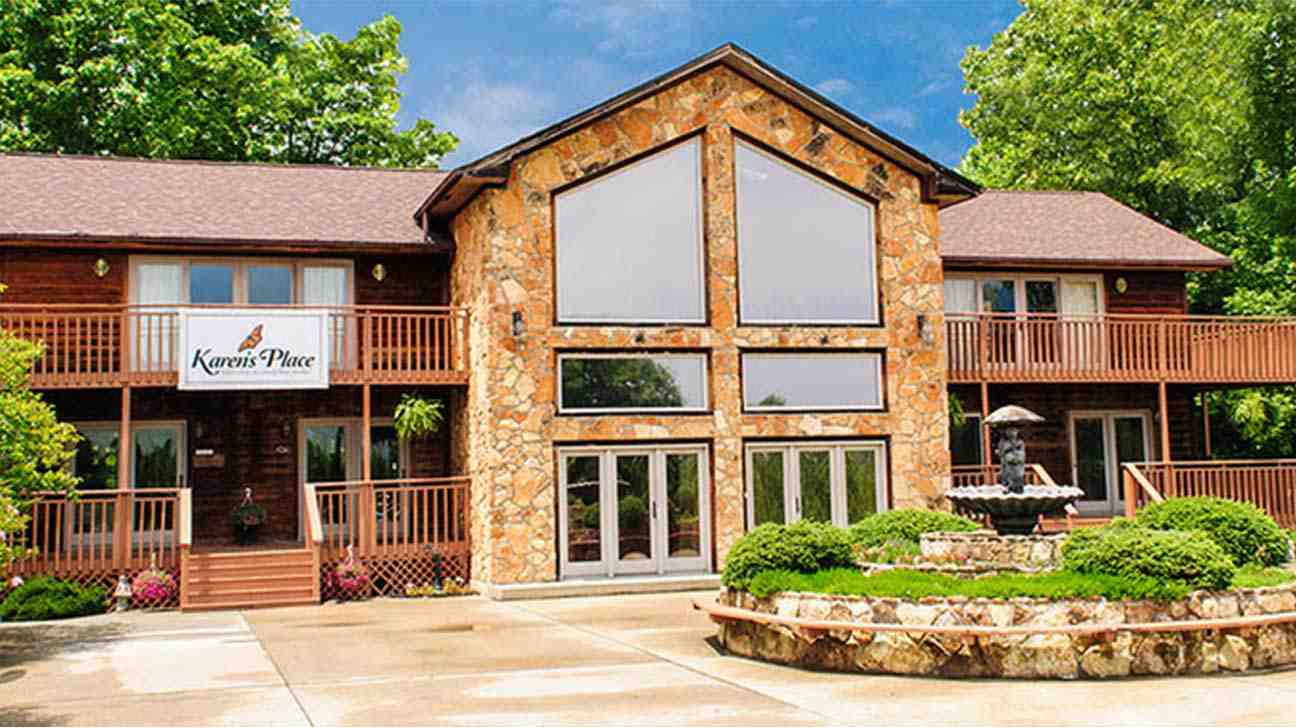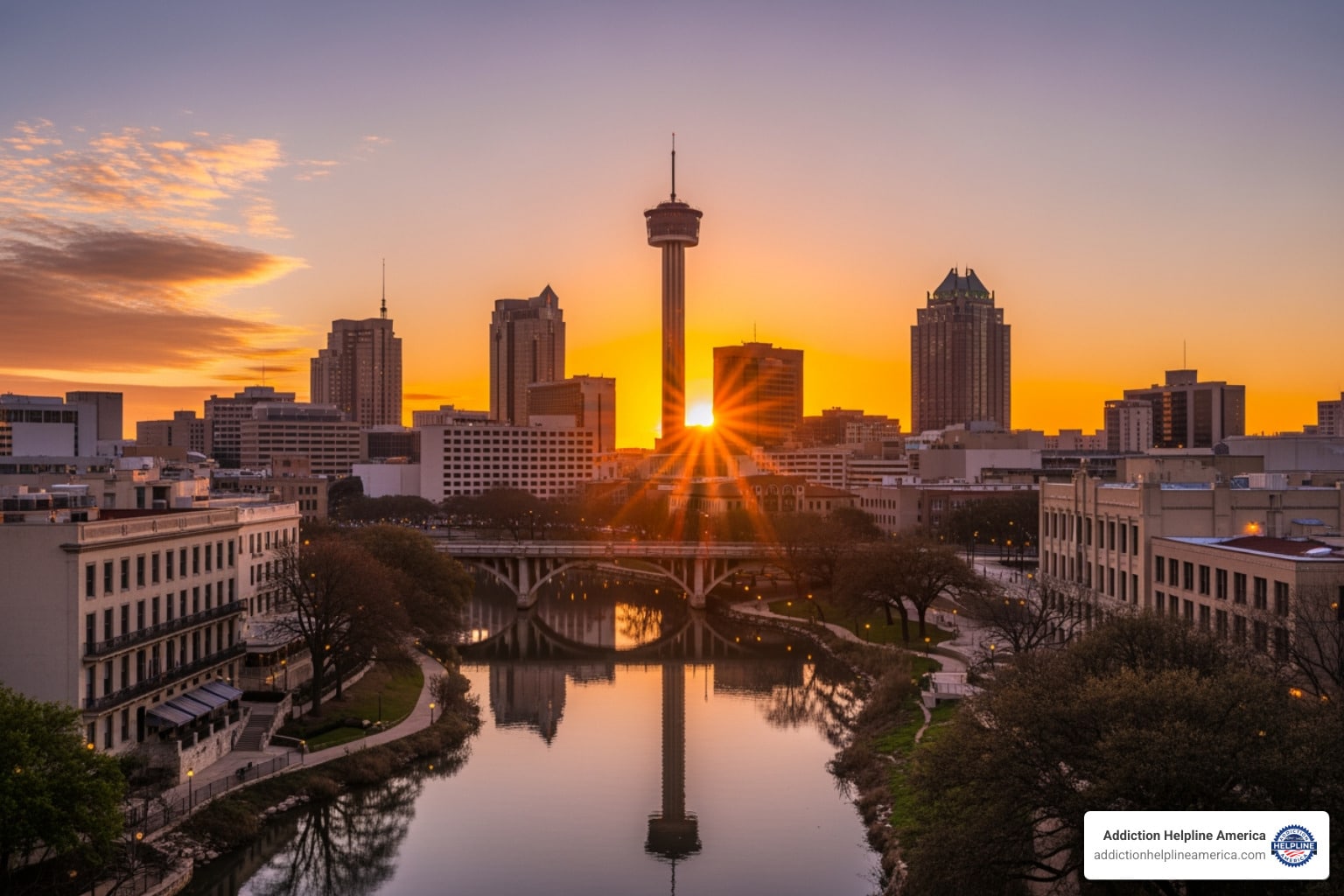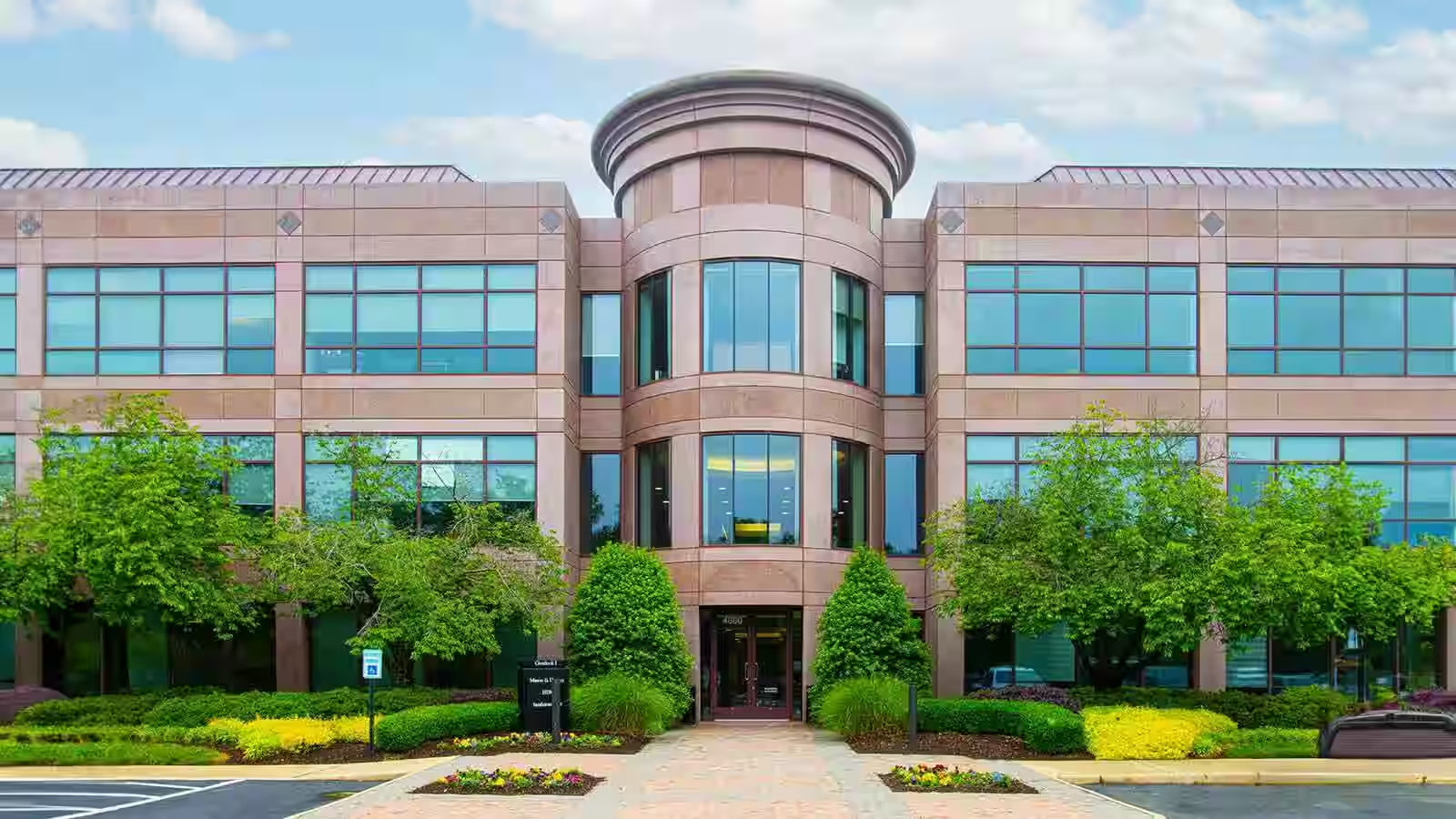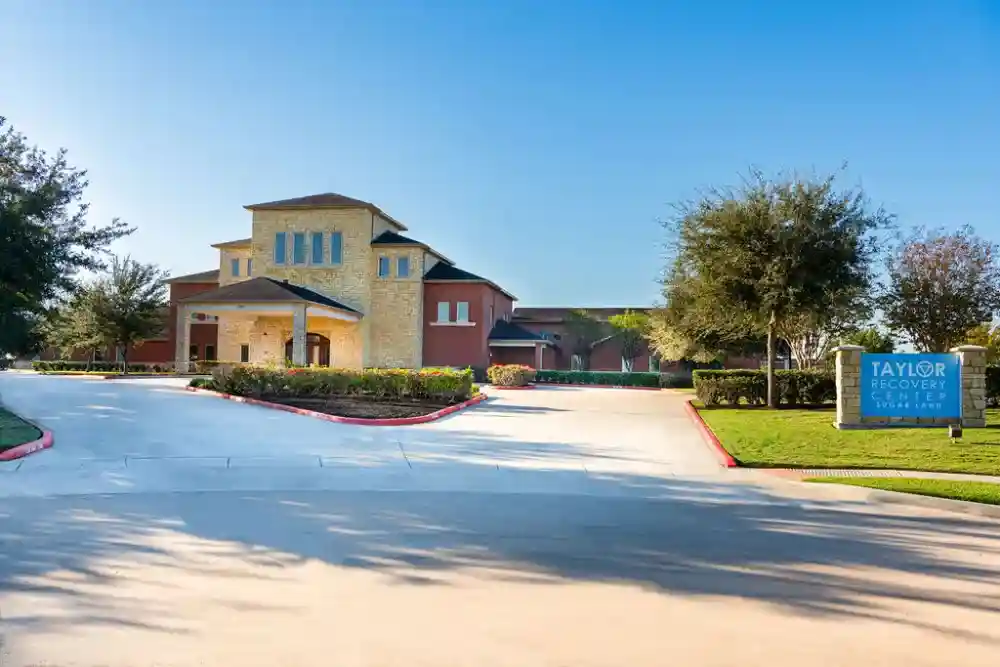
What Really Happens When You Call A Substance Abuse Hotline
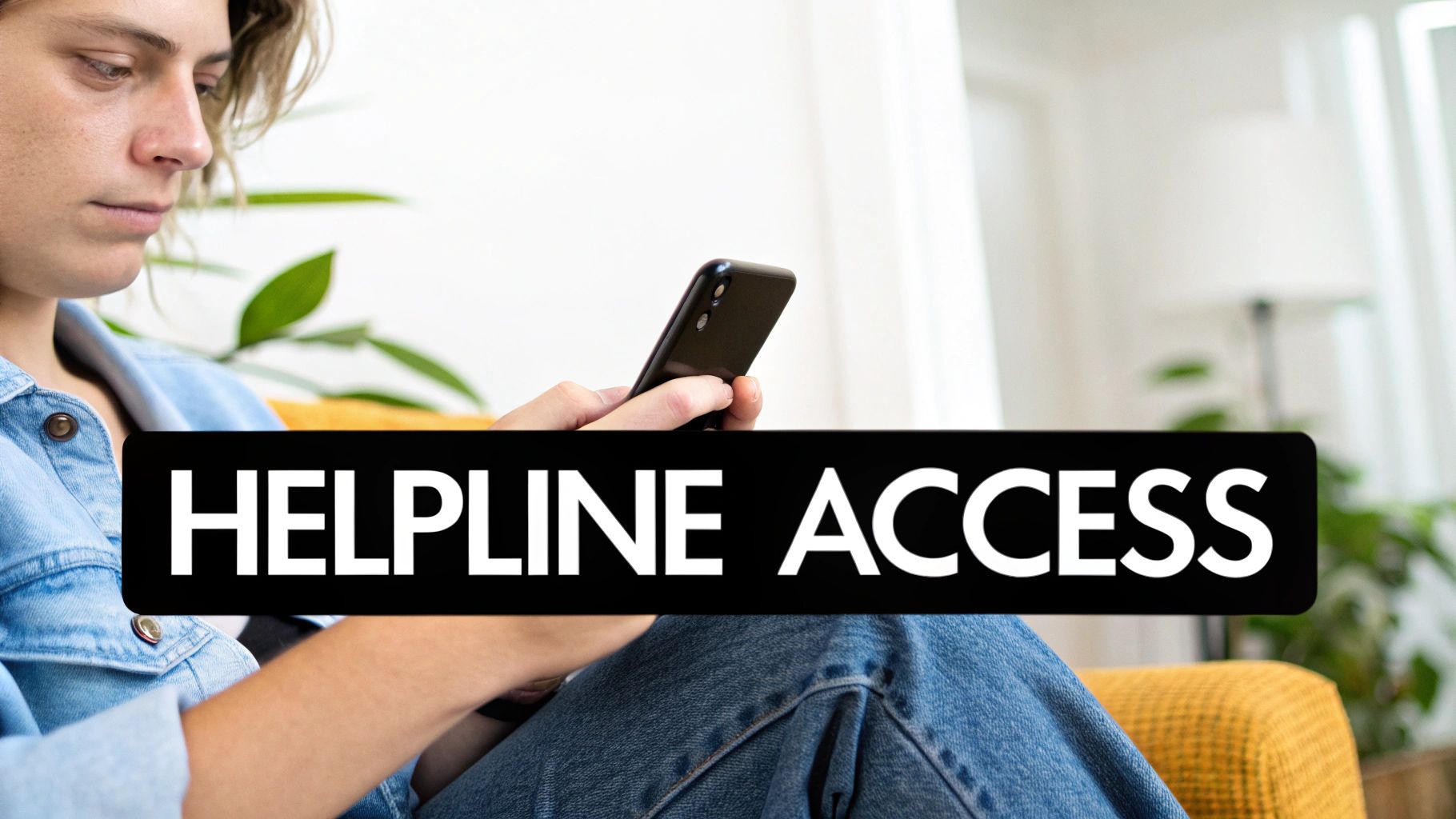
Imagine needing help during a difficult time. Your heart races as you dial a substance abuse hotline, unsure what awaits. Instead of a cold, impersonal response, you’re met with warmth and understanding. This reflects the reality of most hotlines: a connection to a trained crisis counselor ready to listen without judgment.
These counselors often have firsthand experience with addiction or extensive professional training, enabling a deeper connection with callers. This initial contact focuses on building trust.
The counselor might ask some questions to grasp your situation. This isn’t an interrogation, but rather an effort to create a safe space for sharing. Think of it like a doctor’s visit: they need information to help you.
They may ask about the substances used, the duration of use, and the kind of support you seek.
Connecting You With Resources
Substance abuse hotlines also act as essential resource hubs. Beyond immediate emotional support, they connect you with long-term solutions. This could include referrals to treatment centers, support groups, or detox programs.
They can also offer advice on coping skills, relapse prevention, and local resources tailored to your specific needs. These hotlines play a vital role in offering support and resources for those struggling with addiction.
In the United States, over 21 million people aged 12 or older needed substance use treatment in recent years. This highlights the immense need for accessible support systems.
Hotlines like the Substance Abuse and Mental Health Services Administration’s (SAMHSA) National Helpline offer free, confidential services 24/7, helping callers navigate treatment choices and providing immediate crisis intervention. Explore more resources on addiction treatment support here.
Taking the First Step
That initial call often marks a turning point in someone’s recovery. It’s a brave step towards recognizing the issue and seeking help, deserving compassion and understanding. The support received during this call can empower you to take further steps toward a healthier future.
Walking Through Your First Call Step By Step

Reaching out for help can be a big step, and knowing what to expect can make it easier. This infographic offers a simple overview of the process, from finding the right hotline number to accessing the support you need. Think of it as a roadmap to getting started.
Picking up the phone can feel like the hardest part. Let’s break down what happens during a typical call to a substance abuse hotline, so you can approach it with more confidence.
Initial Contact and Building Rapport
The first person you speak with will be a trained counselor, someone who understands that taking this step can be nerve-wracking. They’ll focus on creating a safe and supportive environment, not on interrogating you. It’s more like reaching out to a friend in a time of need.
They might ask a few simple questions, like, “What led you to call today?” or “What kind of support are you hoping for?” These questions aren’t meant to pry; they’re designed to help the counselor understand your specific situation and tailor their support accordingly.
Call Now – Your Journey to Recovery Begins Today!

Take the first step towards a healthier life! Call now to connect with our compassionate team and start your recovery journey today. Your path to healing awaits!
Our recovery specialists are available 24/7 to provide support, and all calls are confidential and free. Reach out anytime – we’re here to help!
Understanding Your Needs and Offering Assistance
Substance abuse hotline counselors are experts in active listening and needs assessment. They’re not there to judge your past choices or push you toward solutions you’re not ready for. Think of them as a compassionate guide, helping you navigate a difficult path.
Depending on what you need, they might offer immediate crisis intervention techniques, such as grounding exercises to manage overwhelming feelings. If you’re exploring longer-term solutions, they can connect you with treatment referrals tailored to your location and circumstances, such as detox programs, rehab centers, or support groups.
To better illustrate the process, let’s look at what typically happens during a hotline call:
What to Expect During Your Hotline Call
A step-by-step breakdown of the typical call process, from initial contact to follow-up resources
| Call Stage | What Happens | Typical Duration | Your Role |
|---|---|---|---|
| Initial Contact | The counselor introduces themselves, ensures confidentiality, and establishes rapport. | 1-2 minutes | Be open to sharing basic information about your situation. |
| Information Gathering | The counselor asks questions to understand your needs and concerns related to substance use. | 5-10 minutes | Honestly explain what brought you to call and what you’re hoping to achieve. |
| Needs Assessment | The counselor assesses the severity of your situation and identifies appropriate resources. | 5-10 minutes | Actively participate in the conversation and ask questions. |
| Resource Provision & Referral | The counselor provides information about relevant treatment options and connects you with local resources. | 5-10 minutes | Take notes on the resources provided and ask clarifying questions if needed. |
| Wrap-up & Next Steps | The counselor summarizes the conversation, confirms next steps, and schedules follow-up if necessary. | 1-2 minutes | Confirm your understanding of the next steps and express any remaining concerns. |
This table outlines the general flow of a call. Remember, each call is unique and tailored to the individual’s needs. The key takeaway is that the counselor is there to guide you toward the support that best suits your circumstances.
Confidentiality and Moving Forward
Confidentiality is often a top concern for callers. Rest assured, these conversations are generally protected by strict privacy regulations. What you share with the counselor stays between you and them. This creates a safe environment for open and honest dialogue without fear of judgment.
After the initial call, the counselor will summarize the resources discussed and outline the next steps. This might include follow-up calls, email support, or a direct connection with a local treatment facility. The substance abuse hotline isn’t just a source of immediate support; it’s a bridge to longer-term recovery solutions, empowering you to take control of your journey and move forward with greater confidence.
Why Hotlines Work When Other Approaches Don’t
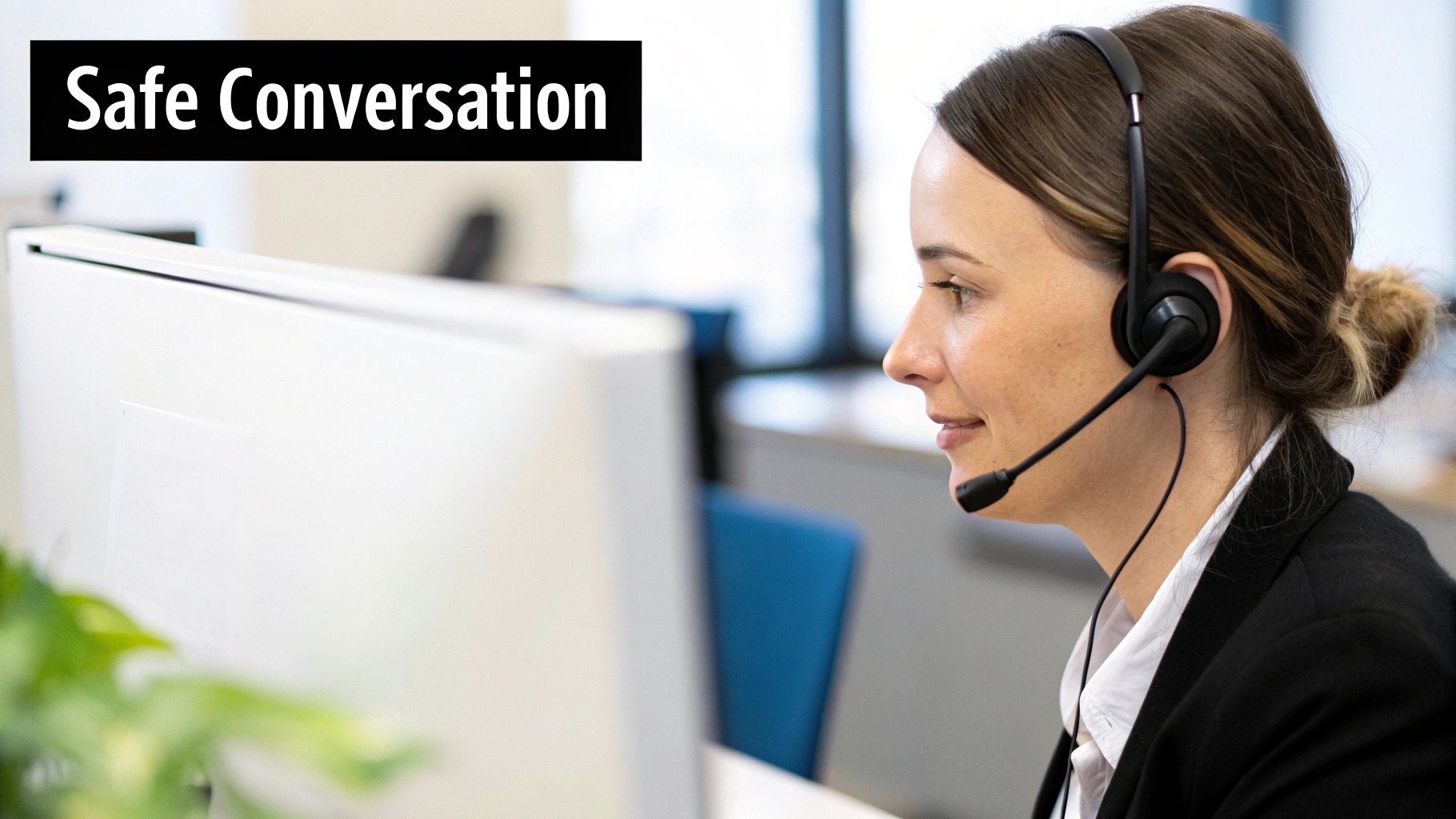
Substance abuse hotlines possess a unique strength that goes beyond simply being available 24/7. They offer a judgment-free space, a sanctuary where individuals can openly share their struggles without the fear of legal consequences, social stigma, or disappointing loved ones. This anonymity is often paramount.
For many, the prospect of anonymously calling a hotline feels far less intimidating than walking into a treatment center or scheduling a therapy appointment. It’s like confiding in a stranger on a train – you can share your burdens without the weight of personal history or community ties.
Furthermore, substance abuse hotlines prioritize accessibility. They remove many of the obstacles that often prevent people from seeking help. No insurance? No problem. Long waiting lists or complicated childcare arrangements? Not here.
This easy access makes hotlines a powerful first step for individuals at any stage of their journey with substance use, particularly during moments of crisis.
The Power of Early Intervention
The immediate availability of hotlines is vital for early intervention. Think of it like a small kitchen fire – the quicker you grab the fire extinguisher, the less damage it causes. Similarly, early intervention through a substance abuse hotline can dramatically improve long-term recovery outcomes.
Studies reinforce this, demonstrating that early intervention can significantly improve treatment outcomes. Some programs even report success rates as high as 50% for those who receive timely support. Learn more about the effectiveness of treatment through early intervention. This highlights just how crucial it is to reach out for help as early as possible.
Support Beyond the Individual
The impact of these calls ripples outward, providing essential support for families and loved ones struggling to help someone they care about. Imagine it as a lifeline – not just for the individual battling substance use, but also for their support network.
Hotlines offer guidance, resources, and a shared understanding of addiction, empowering families to navigate this difficult journey together. This shared support often becomes a cornerstone of the recovery process.
Addressing the Stages of Substance Use
Hotlines are effective across the entire spectrum of substance use. For someone just starting to question their relationship with substances, a hotline provides a safe space to explore these concerns without judgment or pressure.
For those in immediate crisis, hotlines offer instant intervention and connection to emergency services. This adaptable approach makes them invaluable for everyone, from those experimenting with substances to those struggling with severe dependence. By offering immediate access to support and guidance, hotlines empower individuals to take that first crucial step towards recovery.
How Hotlines Handle Different Substances And Situations
Substance abuse hotlines aren’t a one-size-fits-all solution. They’re built on the understanding that addiction comes in many shapes and sizes. Imagine talking to someone struggling with prescription opioids. Now picture a conversation with someone battling alcohol dependency or methamphetamine use. These scenarios are vastly different, and hotline counselors are trained to recognize these crucial distinctions.
Specialized Training For Diverse Needs
Just like a mechanic specializing in different types of engines, hotline counselors receive specialized training to understand the unique characteristics of various substances. This training equips them with the knowledge to diagnose and address the specific problems associated with each substance, including different usage patterns, potential withdrawal risks, and unique challenges.
For example, someone withdrawing from alcohol might experience seizures. On the other hand, opioid withdrawal can bring on intense flu-like symptoms. Counselors are trained to recognize these distinct challenges and, when necessary, guide callers toward appropriate medical care.
Tailoring Support To Individual Circumstances
Beyond the specific substance, hotlines also consider the caller’s individual circumstances. This includes everything from their usage patterns and previous treatment attempts to their mental health history and personal support system. This holistic approach ensures the support offered is truly relevant and effective.
This personalized approach means that two people struggling with the same substance might receive different recommendations based on their unique needs. One person might benefit from outpatient counseling, while another might require residential treatment. Hotlines help people navigate these often-complex decisions.
Staying Current With Evolving Drug Trends
The world of substance use is constantly changing. New drugs and usage patterns emerge regularly. Substance abuse hotlines work hard to stay ahead of these trends, ensuring their counselors have the most up-to-date information. This includes staying informed about everything from the opioid crisis and the rise of synthetic substances to even seemingly simple changes in how easily accessible certain substances are.
Hotlines are also adapting to emerging trends, such as the increased use of psychedelic substances. The UNODC’s World Drug Report 2024 highlights these substances as part of a broader shift in global drug use. Discover more insights into global drug trends. Hotlines are responding by expanding their services to include specialized support for users of these substances. By constantly adapting, hotlines provide relevant support that reflects the current realities of substance use and treatment. They are a dynamic resource, continually evolving to meet the changing needs of the communities they serve.
Call Now – Your Journey to Recovery Begins Today!

Take the first step towards a healthier life! Call now to connect with our compassionate team and start your recovery journey today. Your path to healing awaits!
Our recovery specialists are available 24/7 to provide support, and all calls are confidential and free. Reach out anytime – we’re here to help!
Your Complete Guide To Major Hotlines And Their Specialties
Finding help for substance abuse can feel overwhelming. It’s a bit like needing to call a mechanic but not knowing what kind of mechanic to call. Do you need someone specializing in transmissions or engine repair? The same principle applies to substance abuse hotlines. While the SAMHSA National Helpline is an invaluable resource, it isn’t the only one available, and sometimes, a more specialized approach can be more effective. This section will guide you through the network of available support, helping you find the right resource for your specific situation.
Hotlines Tailored To Specific Needs
Sometimes, a general hotline is the perfect fit. Other times, a more specialized service may be beneficial. Imagine a young adult struggling with opioid addiction after a sports injury. Connecting with a hotline specializing in pain management and addiction could be incredibly helpful. They’ll understand the unique challenges faced by someone in that situation. Similarly, a pregnant woman concerned about the impact of substance use on her unborn child might find comfort and guidance from a hotline specializing in perinatal substance use.
This tailored approach is about ensuring the support received is truly relevant and effective. It’s about finding that connection where you feel heard, understood, and empowered to take the next steps.
Finding Your Perfect Fit: A Hotline Overview
Just as you’d see a cardiologist for a heart issue and a dermatologist for a skin problem, different hotlines exist for various substance use concerns and demographics. Here are some examples:
Substance-Specific Hotlines: These hotlines focus on specific substances, like alcohol, opioids, or methamphetamines. Counselors on these lines have deep knowledge about the particular challenges related to each substance, from withdrawal symptoms to effective treatment strategies.
Demographic-Specific Hotlines: These cater to specific groups, like adolescents, veterans, members of the LGBTQ+ community, or older adults. They offer culturally sensitive support, understanding the unique needs and experiences of each group.
Crisis Hotlines: These are designed for immediate safety concerns. They’re the equivalent of calling 911 for a mental health emergency. They offer rapid intervention for individuals experiencing acute distress, suicidal thoughts, or potential overdose situations, providing de-escalation techniques and connecting callers with emergency services.
To help you find the right resource, let’s look at a comparison of some major substance abuse hotlines in the US. This table highlights their specializations and contact information.
Major Substance Abuse Hotlines Comparison
| Hotline Name | Phone Number | Specialty Focus | Languages | Additional Services |
|---|---|---|---|---|
| SAMHSA National Helpline | 1-800-662-HELP (4357) | General substance abuse, mental health | English, Spanish | Treatment referral, information resources |
| National Suicide Prevention Lifeline | 988 | Suicide prevention, mental health crisis | Multiple | Crisis intervention, emotional support |
| The Jed Foundation | N/A (online resources) | Young adult mental health | English | Online resources, support programs |
| Veterans Crisis Line | 988 then Press 1 | Veterans’ mental health, suicide prevention | Multiple | Peer support, confidential counseling |
This table provides a starting point for exploring different hotlines. Remember, finding the right fit might take some exploration.
Accessibility and Communication Options
Substance abuse hotlines are constantly evolving to be as accessible as possible. Many now offer multiple ways to connect beyond just phone calls. Several hotlines provide text and online chat support, which can be beneficial for people who feel more comfortable communicating in writing. It also allows for discreet communication anytime, anywhere.
Furthermore, many hotlines offer multilingual support and culturally competent services. This is crucial in recognizing the diverse needs of our nation and ensuring that support is accessible to everyone who needs it, regardless of language or cultural background.
Connecting With Regional Resources
While national hotlines offer a valuable starting point, exploring local or regional resources can be incredibly beneficial. Think of it like asking a local for restaurant recommendations instead of relying solely on Yelp reviews. Regional hotlines offer more targeted support and connections within your specific community.
These local resources can connect you with nearby treatment centers, support groups, detox facilities, and other relevant community programs. They can also provide valuable insights into navigating local services and understanding the specific challenges and resources available in your area. This localized approach can be a powerful tool in supporting your recovery journey.
Learning From Global Approaches To Substance Abuse Support
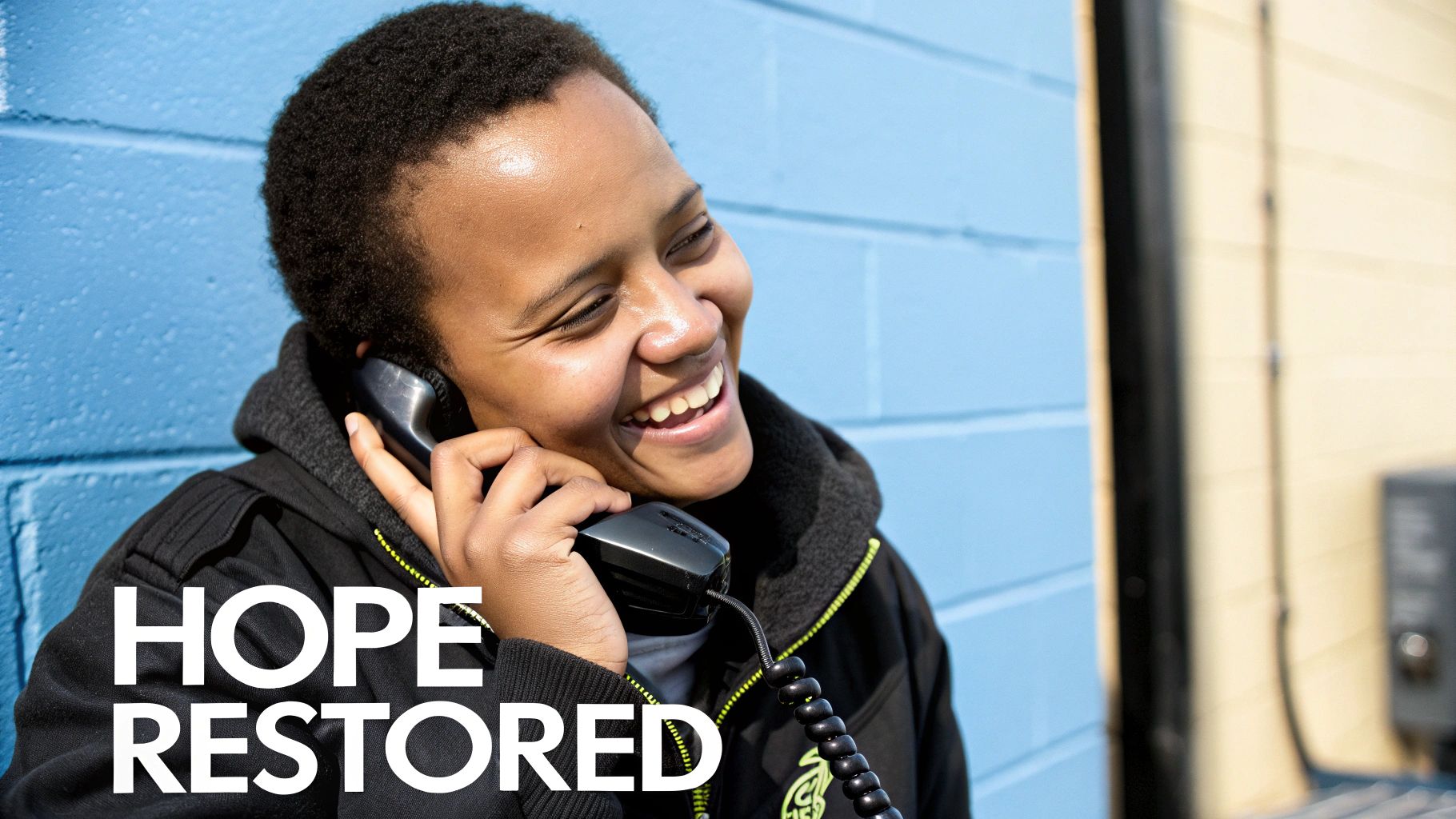
Access to substance abuse support isn’t just an American issue; it’s a global one. By looking at how other countries address this challenge, we can gain valuable insights into the effectiveness of substance abuse hotlines worldwide. This global perspective helps us understand the impact of these services, regardless of differences in healthcare systems and cultural norms.
Some countries, for instance, have integrated hotlines seamlessly into their healthcare systems. Imagine a network of support where the hotline acts as the initial point of contact, connecting individuals to a comprehensive range of care options. Conversely, in regions with limited resources, hotlines may represent the primary form of mental health support, demonstrating their versatility and value in varied settings.
The worldwide need for substance abuse hotlines is highlighted by the prevalence of alcohol and drug use disorders. The World Health Organization (WHO) reports that alcohol consumption alone contributes to over 3 million deaths annually, with alcohol-related harm being a widespread concern. The WHO’s Sustainable Development Goals include a focus on improving substance abuse prevention and treatment, underscoring the vital role of accessible services like hotlines. For more in-depth information on global substance abuse, you can explore the WHO’s findings here. This global context emphasizes the shared nature of this challenge.
Cultural Influences and Consistent Principles
Cultural factors inevitably influence how support services are designed and delivered. Openly discussing personal struggles may be less common in some cultures. Hotlines in these regions might prioritize community-based or peer support models that align with local values. Regardless of these cultural adaptations, the core principles of accessibility, anonymity, and immediate support remain universal.
This means that wherever you are, the fundamental purpose of a substance abuse hotline remains the same: to offer a safe, readily available, and immediate point of contact for individuals grappling with substance use.
Innovative Approaches Around the World
Examining international approaches reveals some truly innovative strategies. Some countries use peer-support models, where individuals in recovery answer calls and provide support based on their lived experiences. Imagine the power of connecting with someone who understands your struggle firsthand.
Furthermore, many countries are integrating hotlines with mobile health technology. This effectively puts support resources directly into people’s hands. This can involve apps that provide access to hotline services, tools to track recovery progress, and strategies for managing cravings and difficult situations.
Finally, some countries extend hotline services into ongoing support networks through community programs. This approach ensures that initial contact with a hotline becomes a gateway to long-term recovery, not just a one-time interaction. This wider perspective highlights the important role these services play in addressing this global health challenge that impacts families and communities worldwide.
Call Now – Your Journey to Recovery Begins Today!

Take the first step towards a healthier life! Call now to connect with our compassionate team and start your recovery journey today. Your path to healing awaits!
Our recovery specialists are available 24/7 to provide support, and all calls are confidential and free. Reach out anytime – we’re here to help!
Making The Most Of Your Recovery Journey After The Call
That first call to a substance abuse hotline can feel like a huge weight off your shoulders. It’s a brave step. But it’s also just the start of the journey, like finally getting a map after being lost in the woods. You know where you want to go – recovery – but now you need to navigate the path. This section lays out what those next steps might look like.
Building on the Initial Conversation
Think of the hotline counselor like a park ranger, someone familiar with the terrain. They’ve given you some initial directions and pointed out some safe trails, but you still have to do the walking. Their recommendations might involve researching treatment centers, figuring out your insurance coverage, or exploring payment options.
This screenshot from the SAMHSA website, for example, shows how you can connect with the National Helpline via phone, text, or online chat. It’s like offering different modes of transportation to get you started on your journey. This accessibility is crucial for meeting people where they are.
Let’s say the counselor recommended cognitive behavioral therapy (CBT). Your next step might be learning more about CBT and finding therapists in your area. Or perhaps finances are a concern. In that case, exploring sliding-scale options or state-funded programs would be the logical next step. These proactive steps keep the momentum going and nurture the hope that sparked from your initial call.
Overcoming Obstacles and Maintaining Momentum
The road to recovery isn’t always smooth. There might be waiting lists for certain programs, battles with insurance companies, or even pushback from family members. You might even struggle with your own motivation at times. It’s like training for a marathon – there will be days when you feel amazing and days when you just want to stay in bed.
Remember why you made that first call. Hold on to that feeling. The hotline isn’t just a one-time resource; it’s there for you throughout your journey. It’s a safety net you can rely on when facing challenges, those inevitable uphill climbs.
Ongoing Support and Evolving Needs
Recovery isn’t a destination; it’s an ongoing journey of growth and change. Your needs will evolve over time. What helped you in the early stages might not be as effective further down the line. Think of it like changing your wardrobe as the seasons change – you need different gear for different circumstances.
This could involve creating a strong support network, recognizing warning signs that indicate you might need to reach out to the hotline again, or simply understanding how your relationship with these services can adapt to your evolving needs. The hotline can be a constant companion, offering guidance, encouragement, and a safe harbor along the way.
If you’re looking for support and guidance on your recovery journey, Addiction Helpline America offers confidential resources and assistance to help you take the next steps. Visit them at https://addictionhelplineamerica.com to learn more about their services and start building a healthier future.
Our helpline is 100%
free & confidential
If you or someone you care about is struggling with drug or alcohol addiction, we can help you explore your recovery options. Don’t face this challenge alone—seek support from us.
Programs
Resources
Will my insurance
cover addiction
treatment?
We're ready to help
Find the best
drug or alcohol treatment
center
Are you or a loved one struggling with addiction? Call today to speak to a treatment expert.





